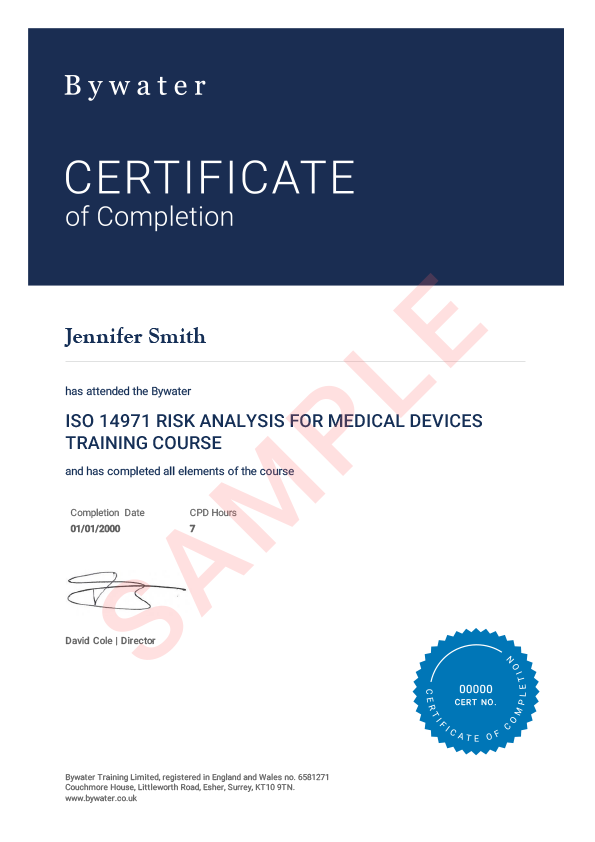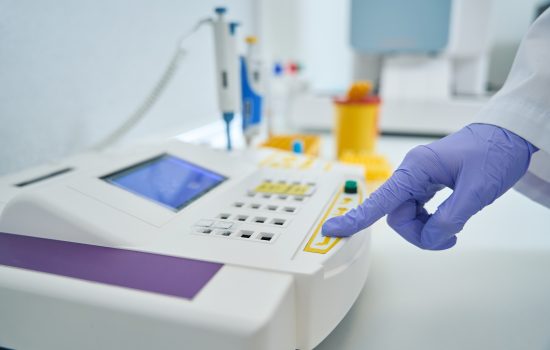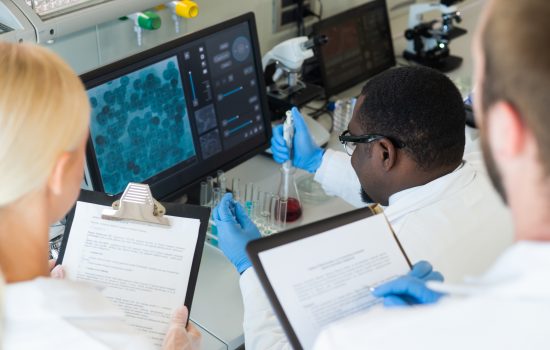ISO 14971 - Risk Analysis for Medical Devices
DURATION
1 dayCPD
Equivalent to 7 hoursCERTIFICATES
All delegates will receive a certificate on completion.DELIVERY OPTIONS
Learn about the steps of the risk assessment process and its application specifically to medical devices on this ISO 14971 Risk Analysis for Medical Devices training course.
The course employs interactive workshops to allow you to practise what you are learning, as well as group discussions on topics such as risk control, hazard identification and techniques for risk analysis.
- R&D managers/engineers
- RA/QA managers/engineers
- management representatives
- members of multi-discipline design teams
- members of design review teams
- sales and marketing management
- product, project, and programme managers
- internal auditors
If you wish to explore more deeply into Failure Mode and Effects Analysis (FMEA) at the same time as learning about risk analysis, we recommend you look at our 2-day Risk Analysis and FMEA for Medical Devices training course.
- expectations of the FDA and the EU in applying risk analysis to medical devices
- risk management requirements and the purpose of ISO 14971
- the application of ISO 14971 to medical devices
- the principles of risk management planning in developing procedures and practices to analyse, evaluate and control risks
- sources of information and further development
- WELCOME AND INTRODUCTION
- Module 1 Introduction to Risk
- Module 2 Risk Policy
- Module 3 Scope & Definitions
- Module 4 Risk Process, Plan, File
- Module 5 Risk Analysis
- Module 6 Risk Analysis Continued: Usability
- Module 7 Risk Estimation
- Module 8 Risk Analysis – Techniques
- Module 9 Risk Evaluation
- Module 10 Risk Control
- Module 11 Residual Risk Evaluation
- Module 12 Benefit-risk Analysis
- Module 13 Evaluation of Overall Residual Risk
- Module 14 Risk Management Review
- Module 15 Production and Post-production Activities
- Course Review and Evaluation
- CLOSE
- apply the process to conduct risk analysis to identify hazards, their severity and the probability that they might occur
- apply risk evaluation and risk control principles to their devices, including regulatory requirements, technical costs, accident costs, liability costs and insurance costs, which affect decision-making on the acceptability of risks in bringing a device to market
An ISO 14971 Risk Analysis for Medical Devices Training Course certificate will be awarded to delegates who complete all elements of the course.

Upcoming course dates









If you are interested in practical skills for reducing risk of failure in medical device development and production, you may like to take a look at our Risk Analysis and FMEA for Medical Devices training course.
As well as looking at the steps of the risk management process, this risk analysis and FMEA course takes a deeper look at Failure Mode and Effects analysis for medical devices. FMEA techniques are used to identify and reduce the risk of product failure.
We offer a range of risk management courses looking at the requirements of ISO 31000:2018, explaining the role and implementation of risk management within an organisation.
Customer reviews
Sussex Police|14th Jul, 2025
Indicia Training Ltd|1st Jul, 2025
British Airways|9th Jun, 2025
BM Trada|5th Jun, 2025
BM Trada|4th Jun, 2025
BM Trada|3rd Jun, 2025
West Midlands Police|30th May, 2025
Home Office|28th May, 2025
Hitachi Rail Limited|27th May, 2025
22nd May, 2025
West Midlands Police|21st May, 2025
Werth Metrology|19th May, 2025


